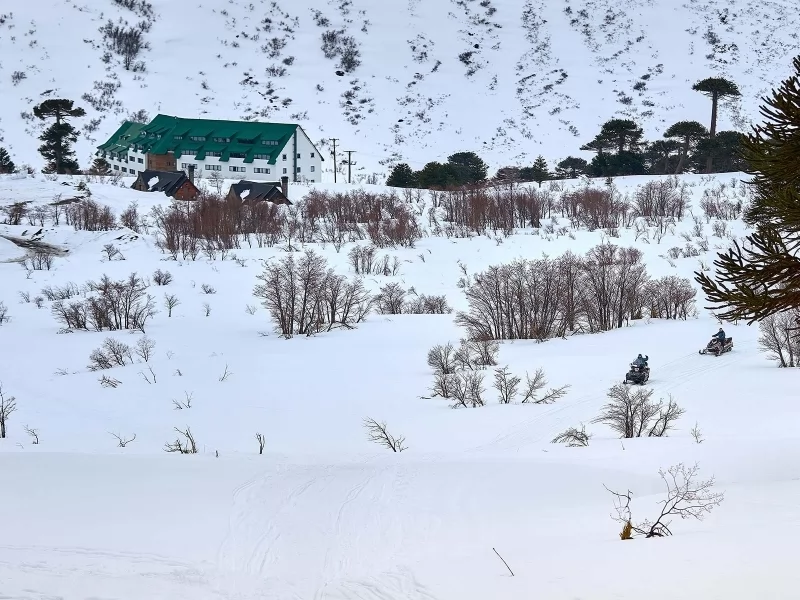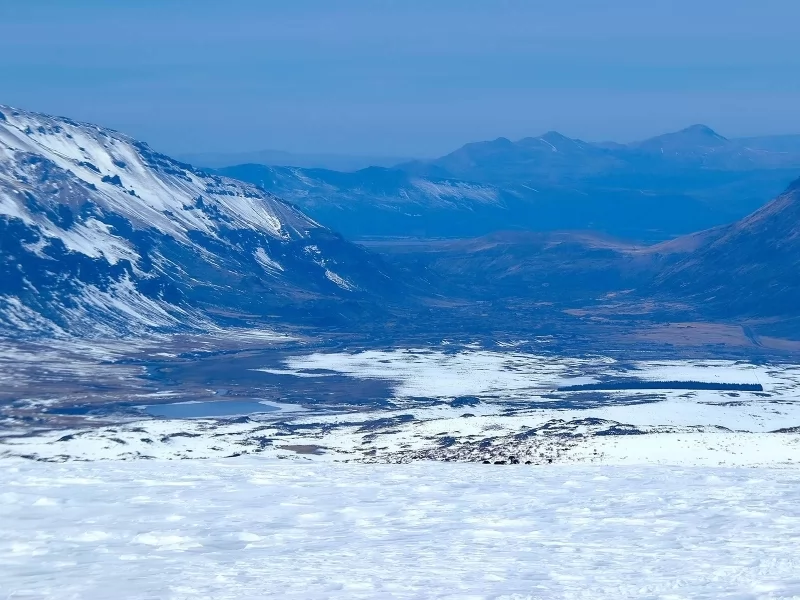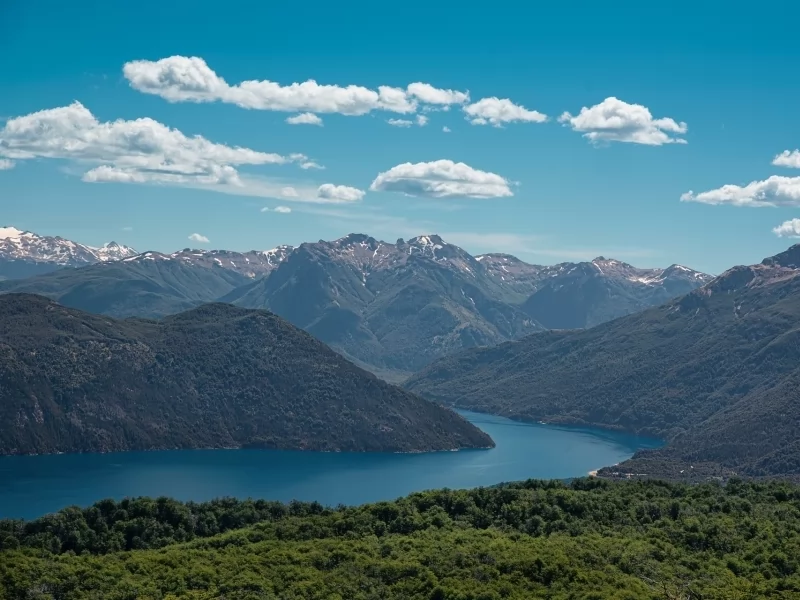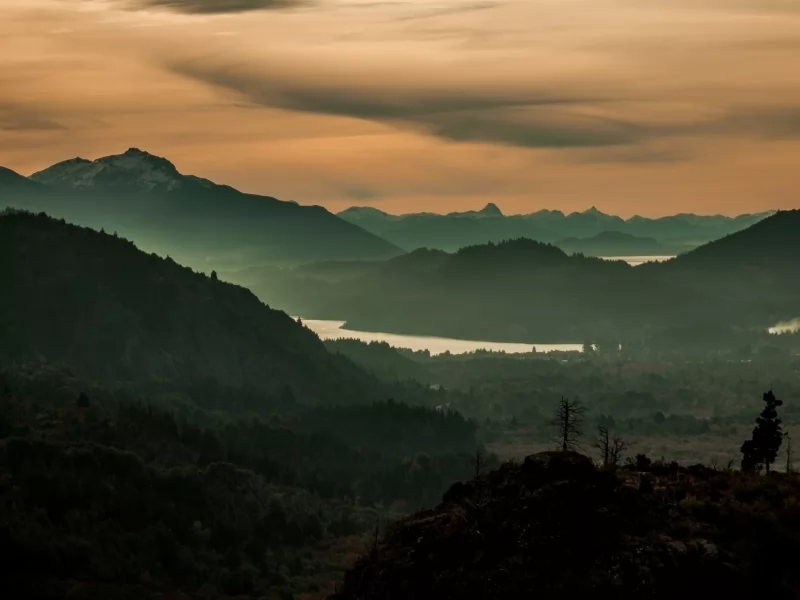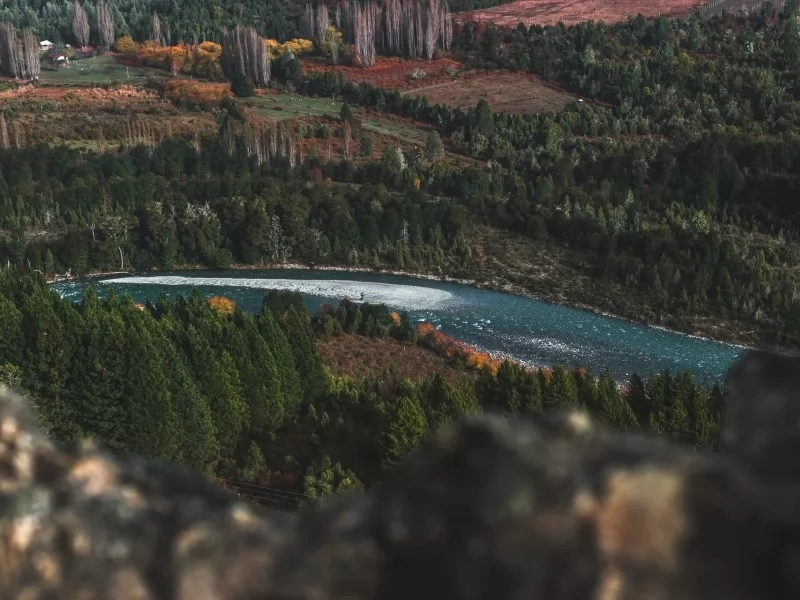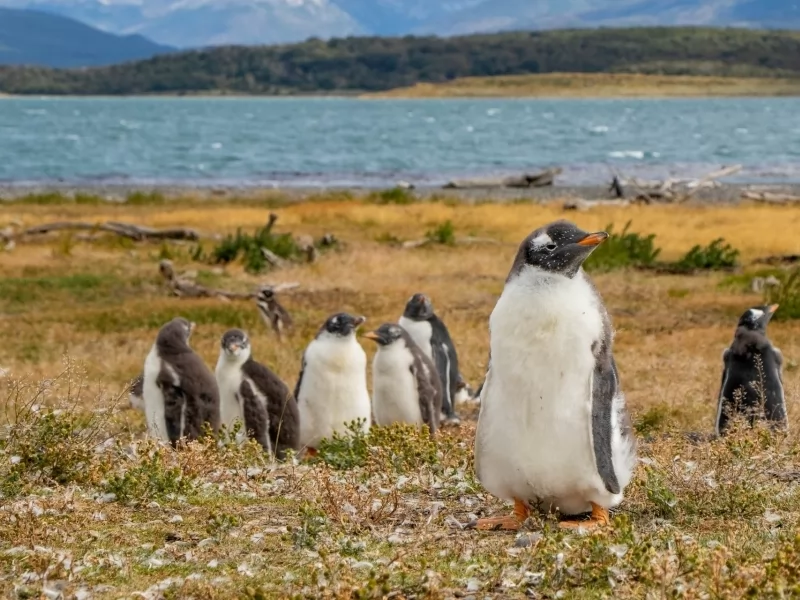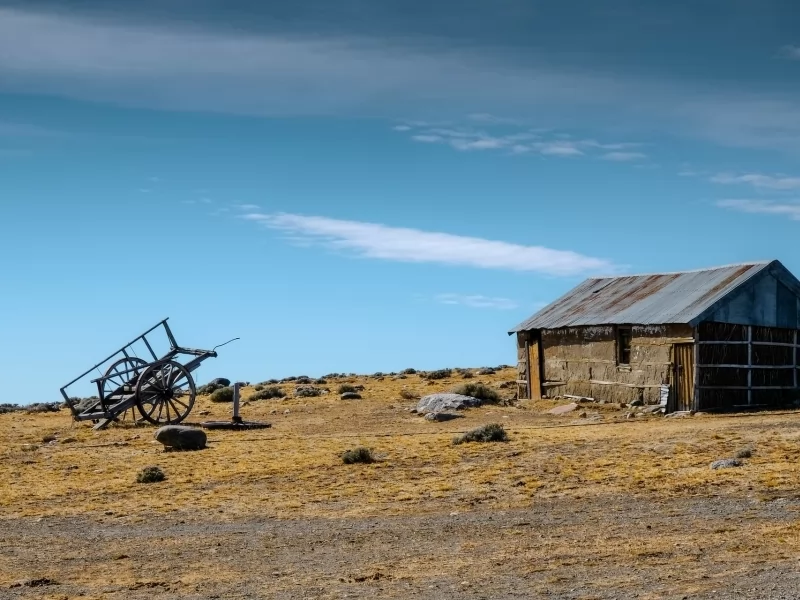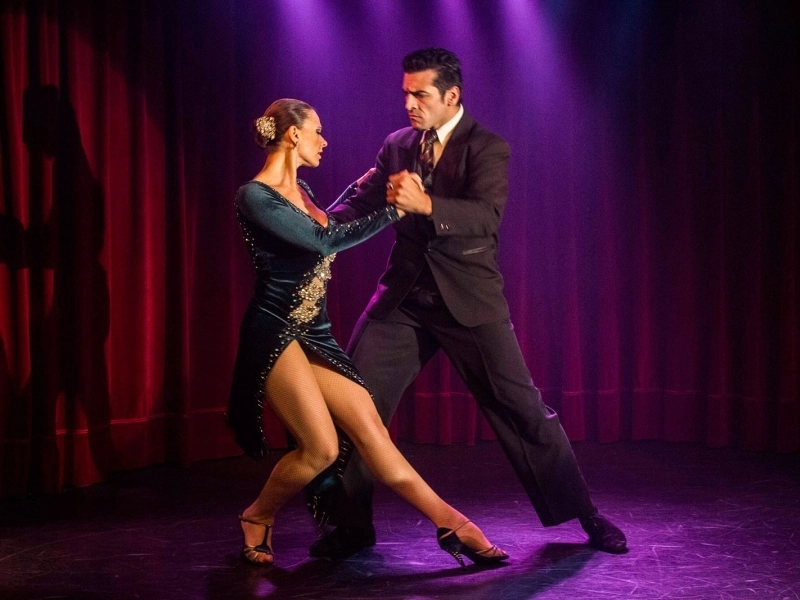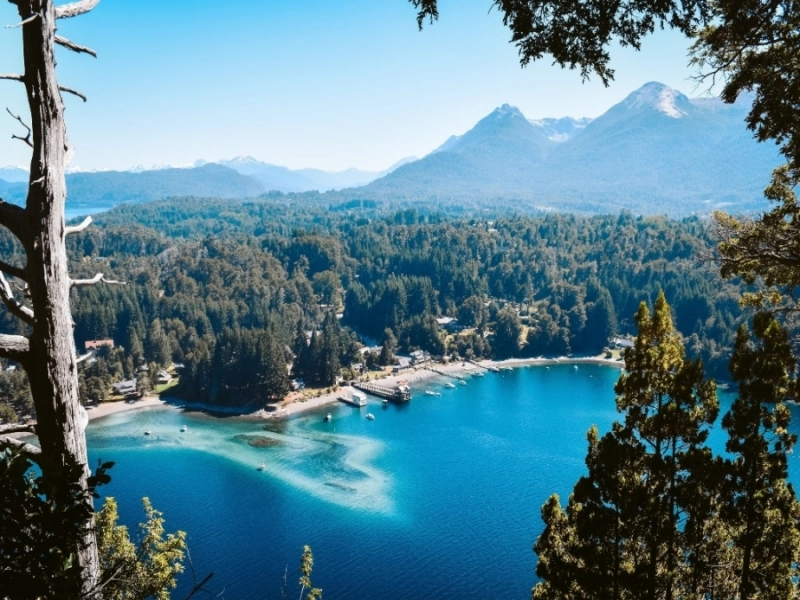News and Testimonials
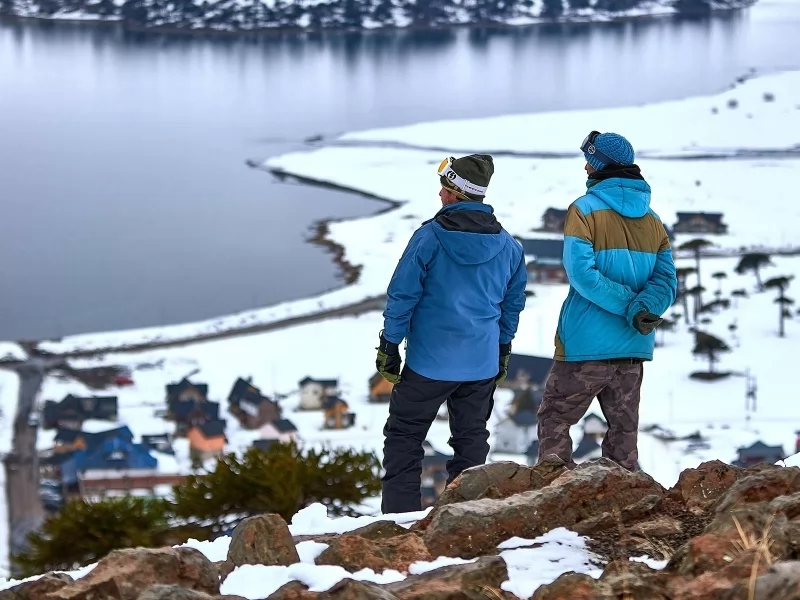
Welcome to Patagonia
Patagonia has some of the most beautiful landscapes in Argentina.
On South America’s southern frontier, nature grows wild, barren and beautiful. Spaces are large, as are the silences that fill them. For the newly arrived, such emptiness can be as impressive as the sight of Patagonia’s jagged peaks, pristine rivers and dusty backwater oases.
In its enormous scale, Patagonia offers a wealth of potential experiences and landscapes.
Though now mostly paved, lonely RN 40 remains the iconic highway that stirred affection in personalities as disparate as Butch Cassidy and Bruce Chatwin.
On the eastern seaboard, paved RN 3 shoots south, connecting oil boomtowns with ancient petrified forests, Welsh settlements and the incredible Península Valdés.
Then there is the other, trendy Patagonia where faux-fur hoodies outnumber the guanacos. Don’t miss the spectacular sights of El Calafate and El Chaltén, but remember that they’re a world apart from the whistling solitude of the steppe.
The Difference Between Argentinian and Chilean Patagonia
With a bout 90% — or 361,800 square miles — of Patagonia belonging to Argentina, the eastern side of the region offers a wide array of activities, such as mountaineering, kayaking, snow sports and fly fishing. Isolated small towns and ranches dot this enormous landmass between the Atlantic and Southern Oceans and the Andes; the reason outlaw Butch Cassidy pitched up in this remote region. From north to south, this is what to do in Argentinian Patagonia.
Check below our Patagonia's photo gallery:

